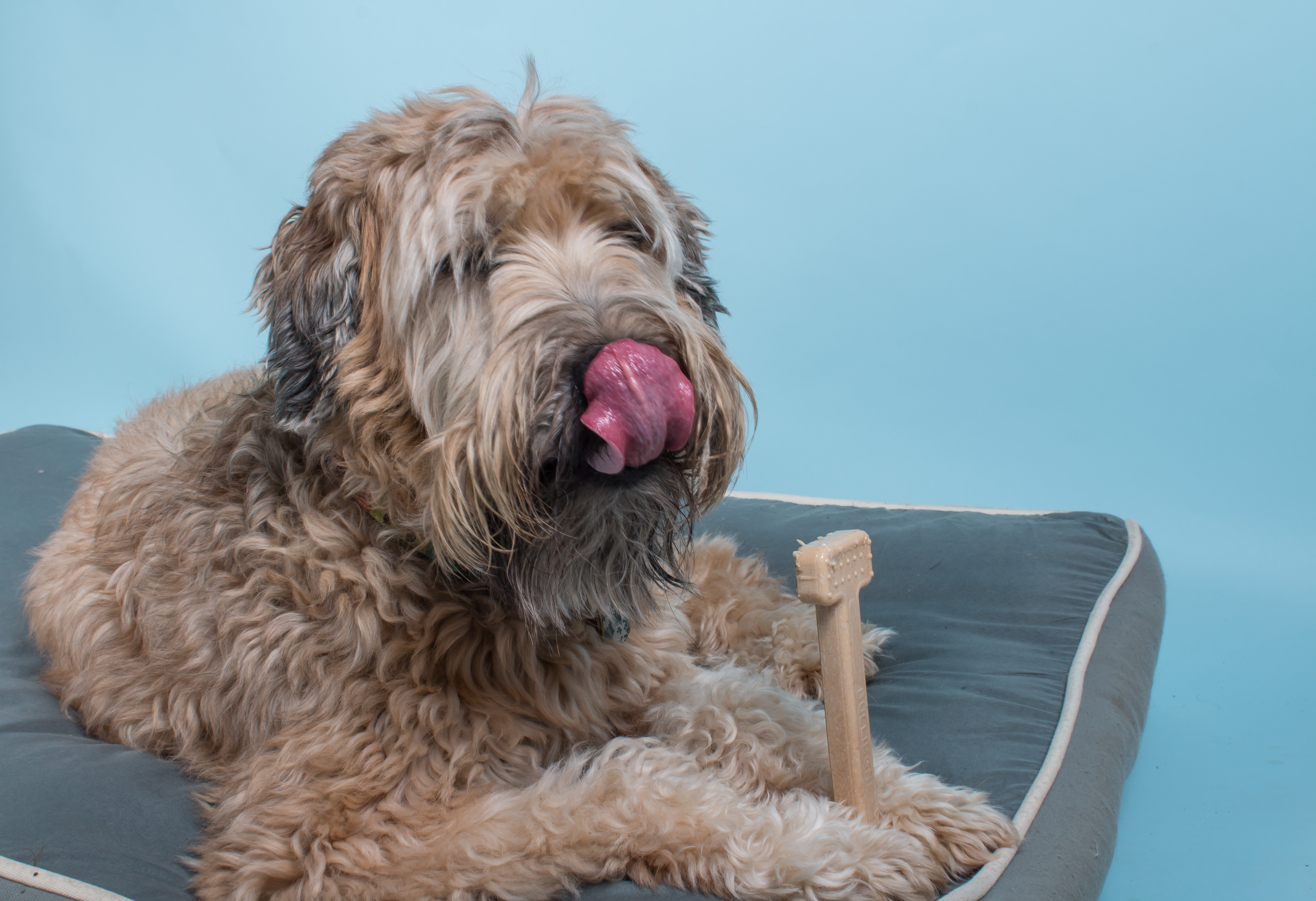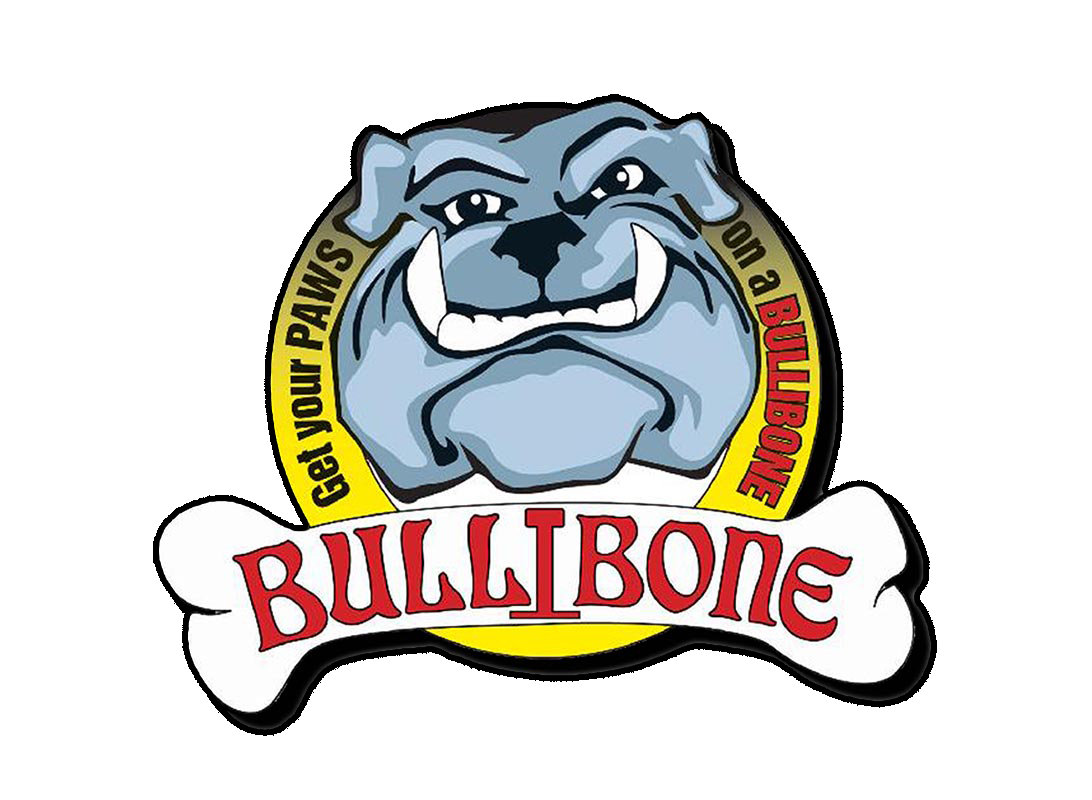Dogs love to chew things. It’s their MO; their favorite pastime. And it’s something they need to do.
Chewing provides a soothing mechanism and, if it’s a good thing to chew on, it provides health benefits. Finding your dog the perfect thing to chew on, preferably something that isn’t a part of your wardrobe, is one of the best things pet owners can do for their furry companions.
The question is, how do you really know what’s both safe and healthy for your pet?
Things to Consider
The answer to that question lies in part with your dog’s size, age and chewing style. Some dogs are vigorous chewers, others not so much. This will determine to some extent the appropriate solution to the need to chew. Another important consideration is materials.
For many pet owners, giving their dog a leftover bone from dinner is a time-honored tradition. Dogs love bones, so problem solved, right?
Not so fast.
Problems With Animal Bones
While dogs and bones appeared to be a winning combination for years, there are some serious health reasons to reconsider that tradition.
New warnings about the dangers of dogs chewing on leftover bones show how that choice can turn from a way to soothe your dog into an expensive trip to the vet. A few of the potential dangers of chewing on a bone are:
- Broken teeth
- Intestinal blockage
- Sharp fragments that scrape the inside of the stomach or intestines
- Constipation from the inability to pass sharp bone fragments
- Rectal bleeding from passing sharp bone fragments
Bones become brittle during the cooking process, increasing the chance that they will splinter or fragment as your dog chews. Cooking also removes most of the nutritional value from the bone, so there are fewer health benefits from chewing it.
The Benefits of Nylon Dog Bones
A better choice for your dog is a flavor-infused bone such as a Bullibone. Bullibones are made of nylon and can stand up to even vigorous chewers. They have added flavor to appeal to your dog’s appetite, but are not edible. They also help clean dog’s teeth while they chew, improving their overall dental hygiene.
When added into playtime, chewing and hunting have a tremendous effect in helping dogs stay connected to their natural instincts, which leads to happier dogs.
As with any toy you give your dog, you should watch for wear and tear and replace chew bones once they’ve become worn down or too small to safely chew. Your dog’s size and age should determine the bone you choose.

For more information on how to keep your dog happy and healthy, subscribe to our monthly newsletter below.
